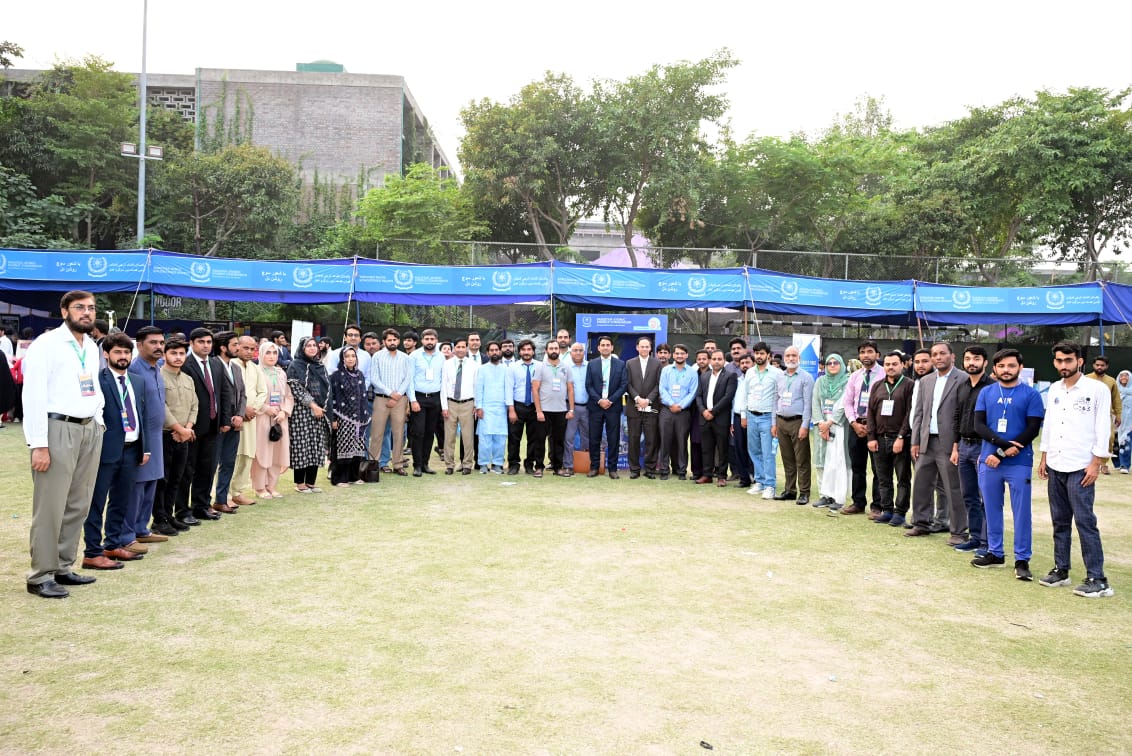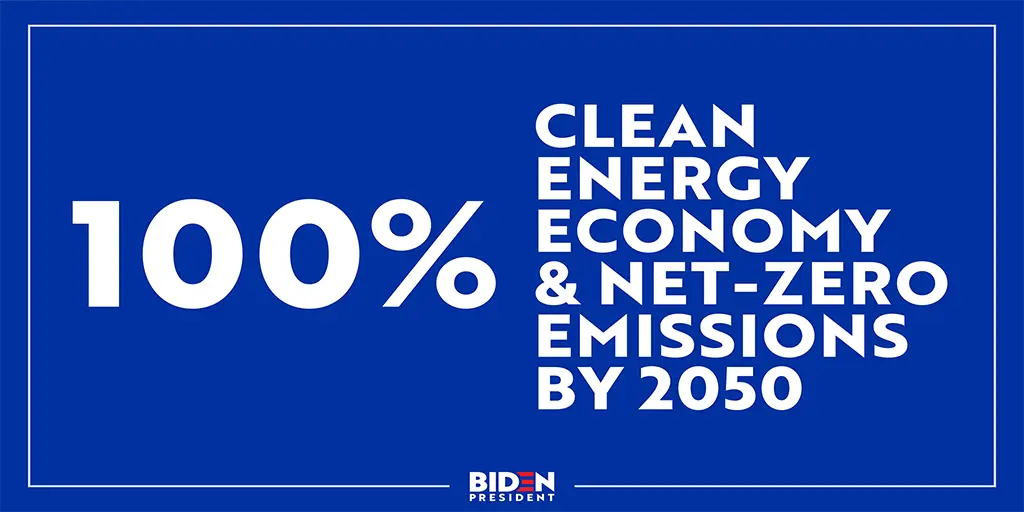Copyright The Street

Investors are eagerly awaiting Nvidia’s Q3 earnings that will be released on November 19. The company’s results will, to some degree, reflect the state of the AI industry as a whole, as Nvidia is at the center of it. This is putting a lot of pressure on the company as AI skepticism is growing. Nvidia CEO Jensen Huang doesn’t think AI is a bubble like the dot-com one. Many experts believe it is a bubble, but some, such as Jeff Bezos, think it is more similar to the biotech bubble in the ’90s. The company’s success in the AI space can easily be measured by its secured orders, and Huang stated that the company has already secured half a trillion dollars in orders for its AI chips over the next five quarters, according to The Financial Times. While there is no doubt that Nvidia is profitable and that the hardware it produces serves its purpose, the software side of the AI (bubble) is quite different. If that side doesn’t become profitable, then we certainly aren’t in a “good bubble.” To determine whether that’s the case, we need to consider OpenAI as the largest AI player in the software space. It is currently unprofitable, and the company has committed to spending $1.4 trillion building computational resources over the next eight years, as reported by Reuters. OpenAI is a private company that does not release its earnings reports; however, it is fortunate that Microsoft has invested in it (as it must report to the SEC). A securities filing from Microsoft suggests that OpenAI lost more than $12 billion in the third quarter. OpenAI CFO Sarah Friar recently proposed that government involvement would help the company take on more debt. But David Sacks, the White House artificial intelligence and crypto czar, said there will be no federal bailout for AI. Bank of America analyst Vivek Arya and his team addressed this AI skepticism in their latest research note. Bank of America calls AI skepticism healthy but overstated in near- and medium-term Analysts said the pervasive skepticism regarding AI capital expenditures is understandable but likely a contrarian positive, helping to minimize overcrowding. “The common argument that ‘AI stocks must be overvalued because OpenAI cannot justify $1.4 trillion of long-term commitments’ is a lazy/cherry-picked argument in our view,” they wrote. The team noted that OpenAI’s spending has yet to be put in place and will be constrained by practical limitations such as access to power and data center space. Public hyperscalers upgrading their infrastructure are doing the majority of AI spending, and they are profitable. They said that Nvidia’s disclosure of $500 billion in 2025-26 data-center orders indicates that the stock is capable of growing sales/EPS by 50% and 70% YoY at an undemanding price-to-earnings market multiple of 24. Analysts added that they think “the daily noise” around China’s restrictions is irrelevant to the near- and medium-term financial estimates. In a research note shared with TheStreet, Arya reiterated a buy rating and the target price of $275, based on 44 multiple his estimate for price-to-earnings ratio excluding cash for calendar year 2026, which is within Nvidia’s historical forward-year price-to-earnings range of 25 to 56. He concluded by saying that the multiple is “justified by [Nvidia]’s leading share in fast-growing AI compute/networking markets, offset by lumpiness in global AI projects, cyclical gaming market, and concerns around access to power.” Arya’s team noted downside risk factors for Nvidia: Weakness in consumer driven gaming market Competition with major public firms Larger-than-expected impact from restrictions on compute shipments to China Lumpy and unpredictable sales in new enterprise, data center, and auto markets Potential for decelerating capital returns Enhanced government scrutiny of Nvidia’s dominant market position in AI chips Nvidia’s recent activity Nvidia (NVDA) and Deutsche Telekom are building a €1 billion ($1.2 billion) data center in Germany, which is set to begin operating in early 2026, according to a Bloomberg report. The companies describe the project as the Industrial AI Cloud, a sovereign, enterprise-grade platform. The new platform combines Deutsche Telekom’s infrastructure and operations with Nvidia AI and Omniverse digital twin platforms. More Nvidia: Nvidia makes a major push for quantum computing Nvidia’s next big thing could be flying cars Bank of America revamps Nvidia stock price after meeting with CFO Nvidia shared at the APEC summit that it will expand South Korea’s AI infrastructure with over a quarter of a million Nvidia GPUs across its sovereign clouds and AI factories. South Korea’s Ministry of Science and ICT (MSIT) plans to deploy up to 50,000 of the latest Nvidia GPUs. The initial deployment will consist of 13,000 Nvidia Blackwell GPUs and other GPUs by Nvidia Cloud Partner NAVER Cloud, in collaboration with NHN Cloud and Kakao Corp. The company also unveiled plans with Samsung Electronics to build a new AI factory. The AI factory will combine Samsung’s semiconductor technologies with Nvidia’s platforms to lay the groundwork for AI-driven production. More than 50,000 Nvidia GPUs will power Samsung’s semiconductor AI factory. It is intended to integrate accelerated computing directly into advanced chip manufacturing.



